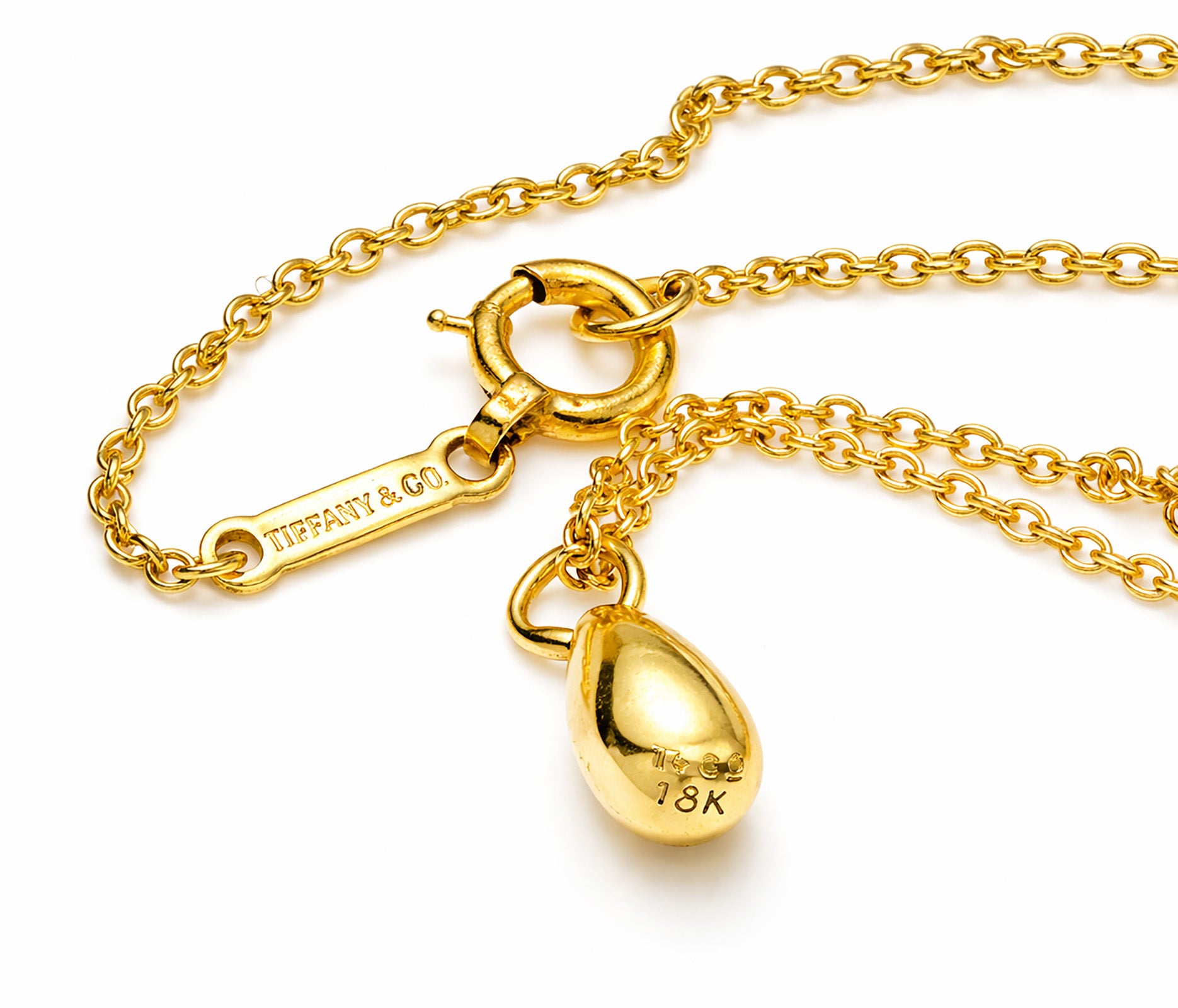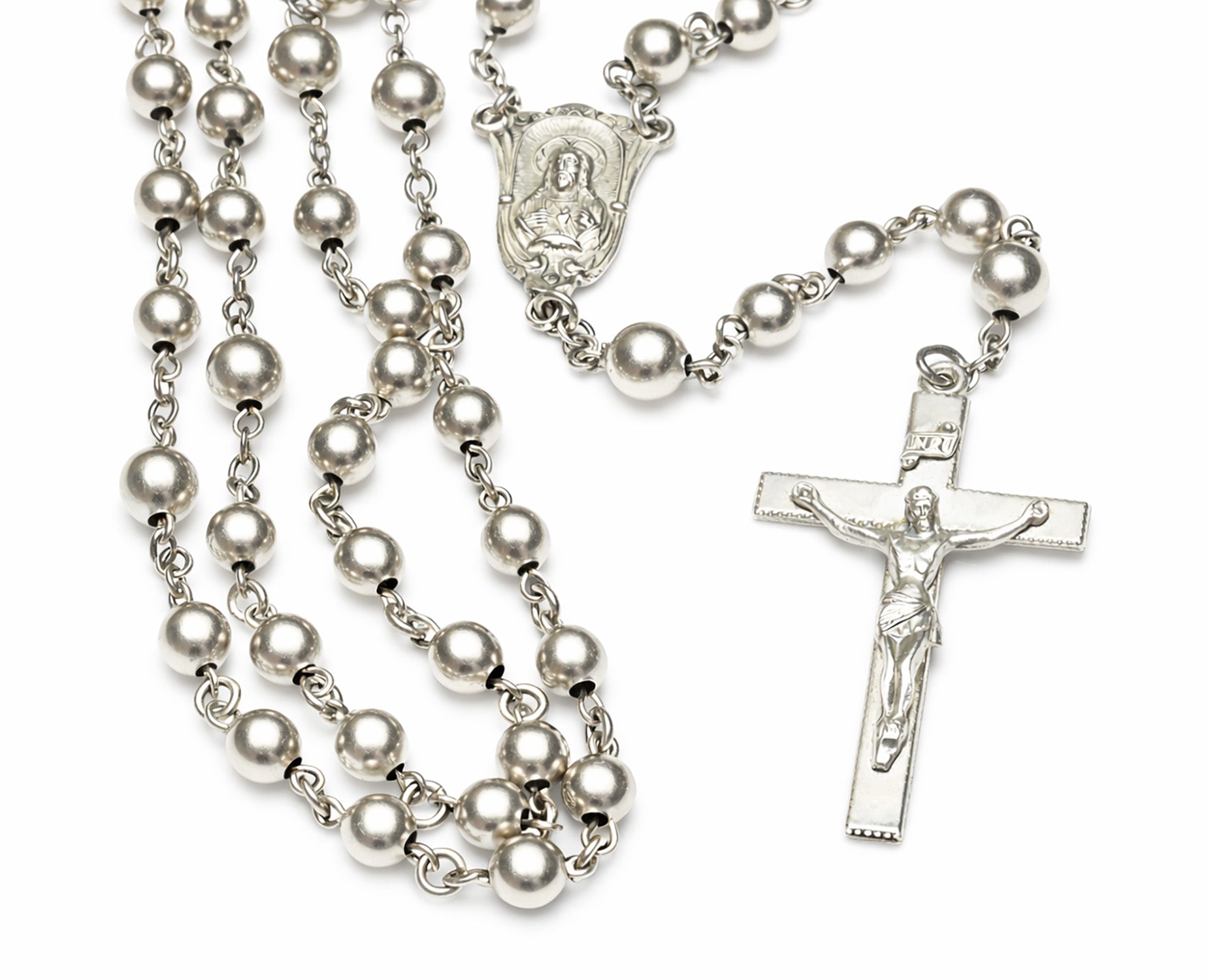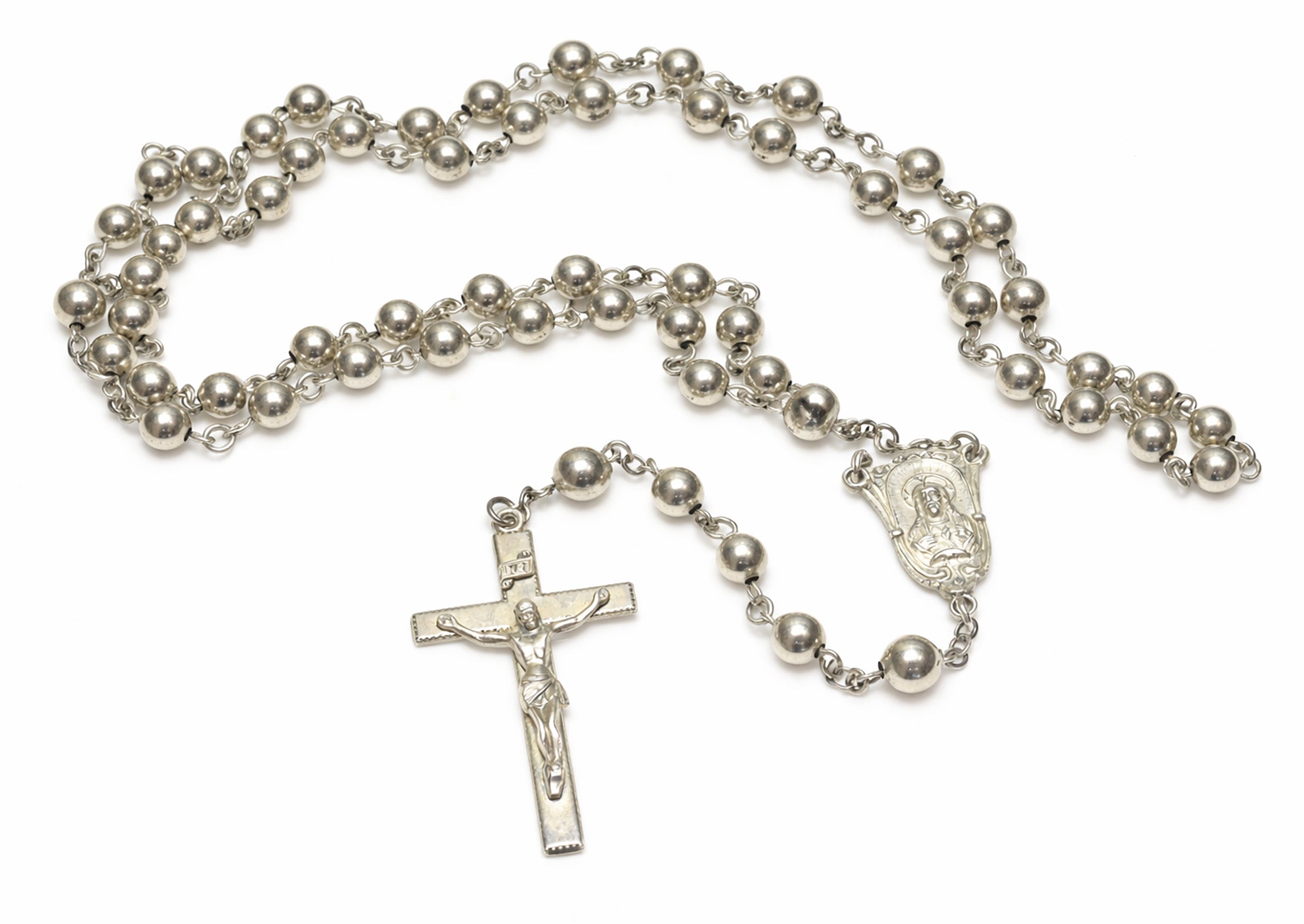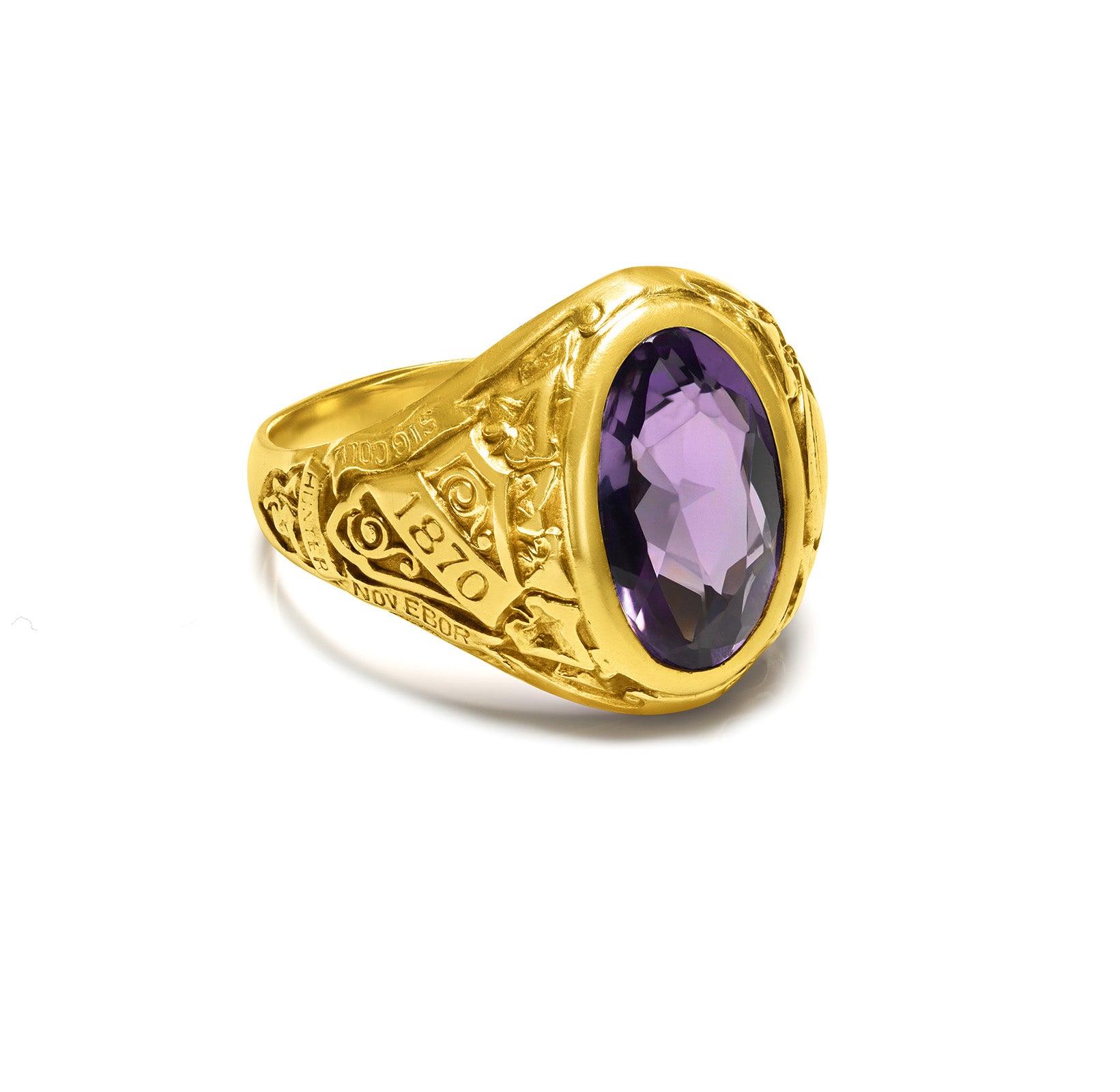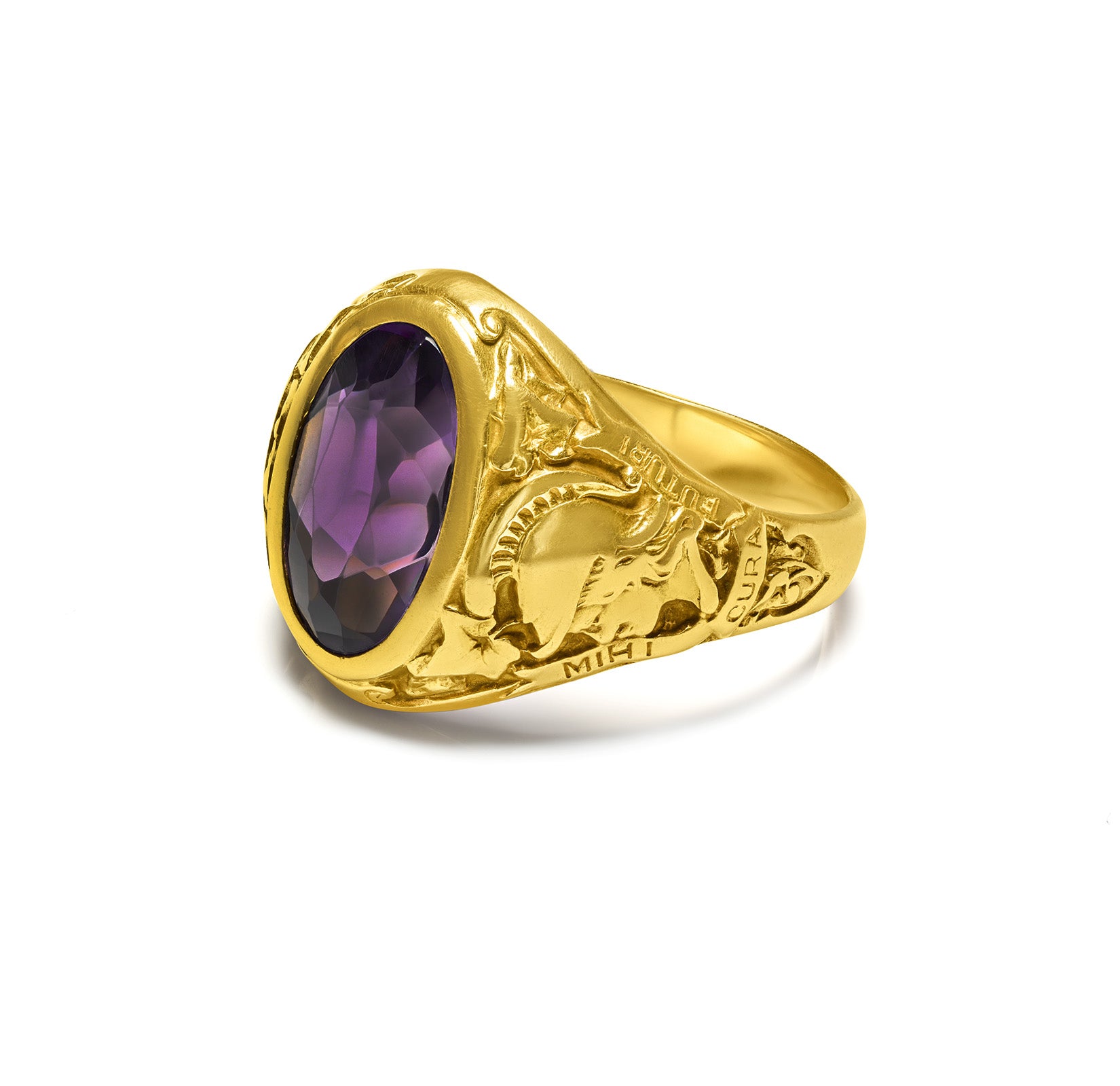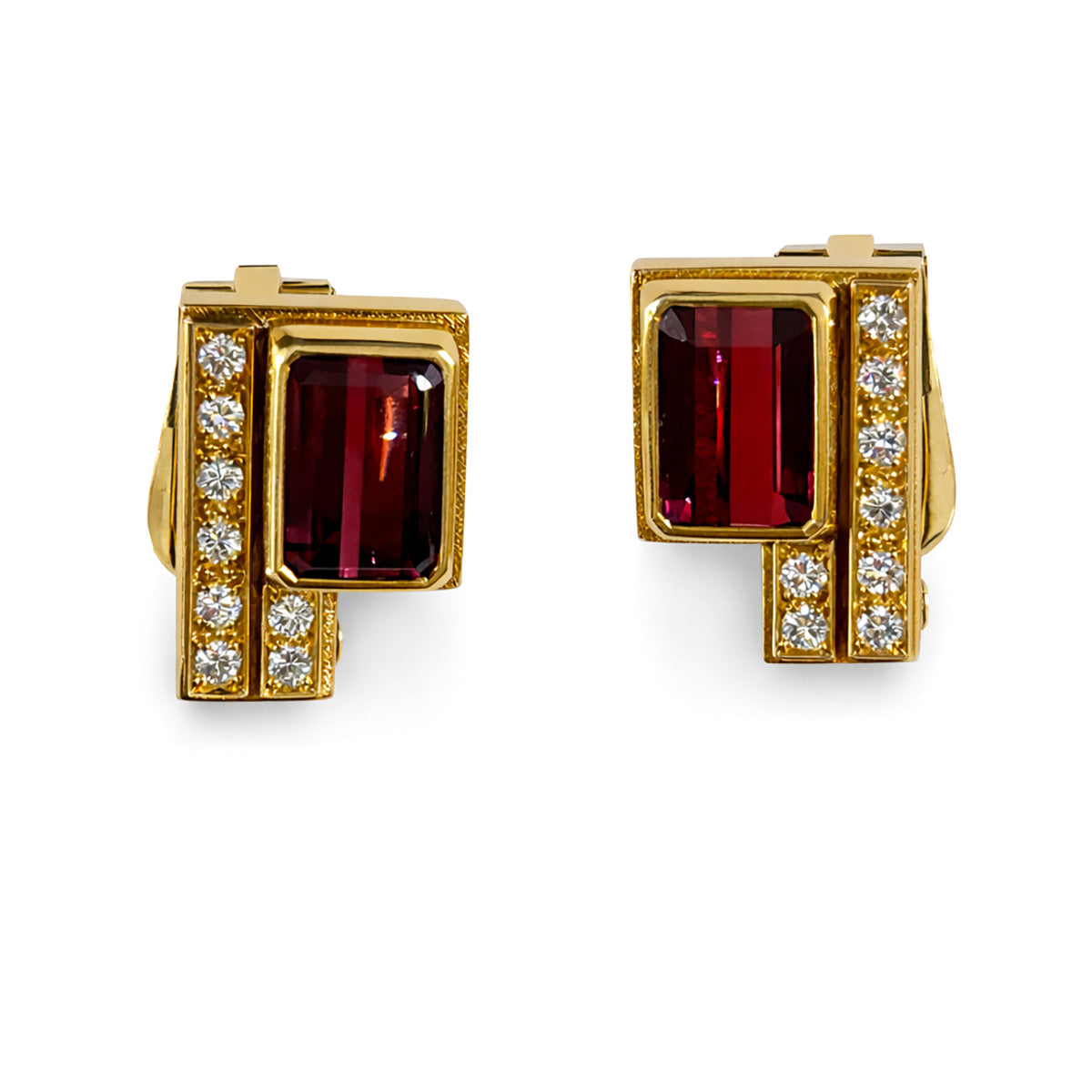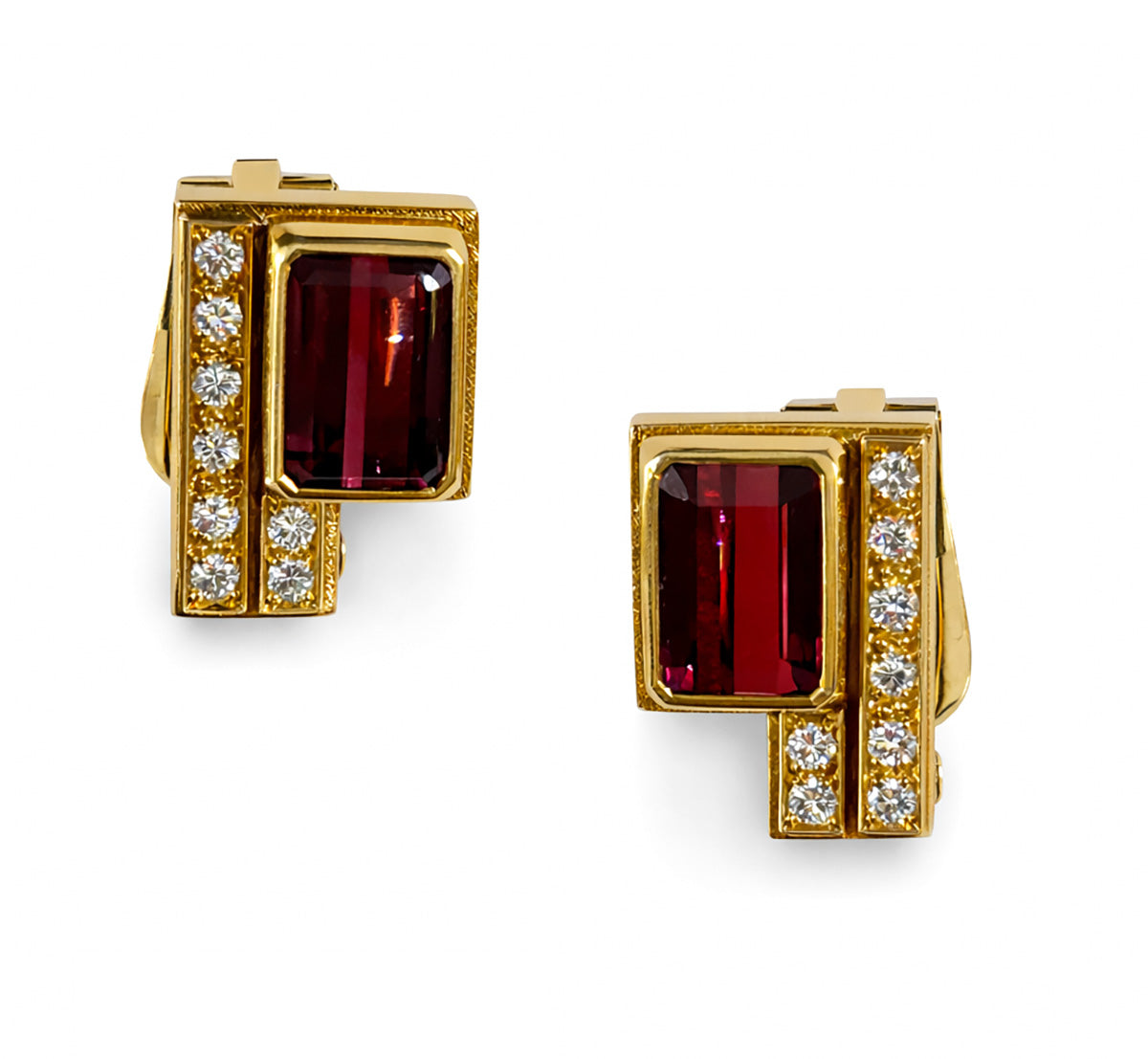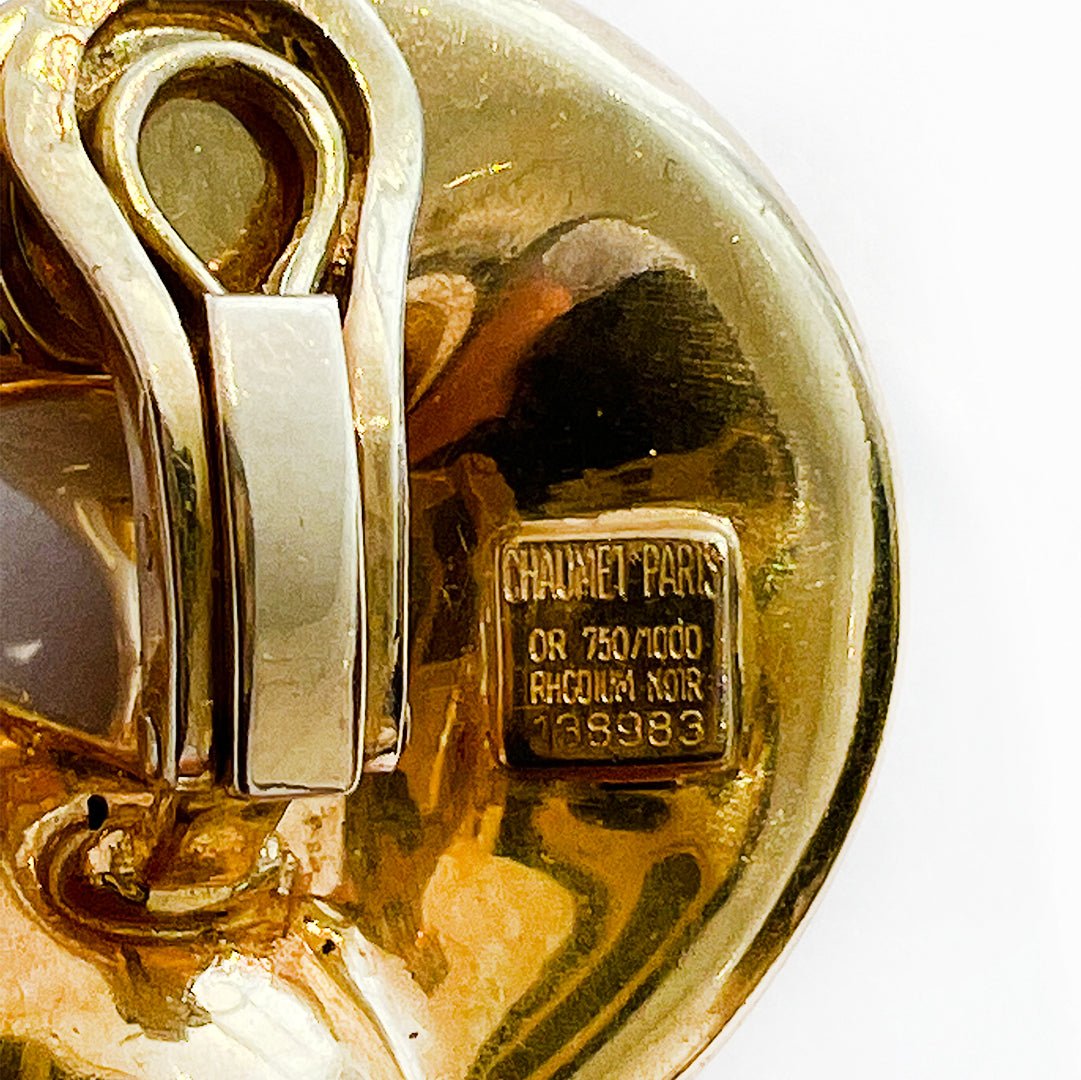
Chaumet - One Of The Most Sought-After Jewelers In Europe
Chaumet is one of France's most iconic jewelry houses, with a history that stretches back to the late 18th century.
Since its founding in 1780, Chaumet has created extraordinary jewelry, earning its place as a pillar of Parisian luxury.
Under the leadership of Marie-Étienne Nitot, official jeweler to Emperor Napoleon, Chaumet gained fame for crafting masterpieces that symbolized power, romance, and innovation.
Over the centuries, the brand has embraced cultural movements like Art Deco and expanded its portfolio with celebrated collections such as "Liens" and "Joséphine."
Now part of the LVMH group, Chaumet continues to merge tradition with modern design, maintaining its status as a global luxury icon.
History of Chaumet
Founding and Imperial Ties
Chaumet was established in 1780 by Marie-Étienne Nitot, who became the official jeweler to Emperor Napoleon Bonaparte. Initially an apprentice to Ange-Joseph Aubert, jeweler to Marie-Antoinette, Nitot went on to found his own firm, which would later adopt the name Chaumet.
Nitot's early commissions included Napoleon’s coronation sword and Pope Pius VII's tiara, presented to the Pope during Napoleon's coronation in 1804. These creations, symbols of both spiritual and imperial authority, reflected the grandeur of the Empire style and solidified Nitot's prestigious reputation as the jeweler to the imperial court.
His creations for Empress Joséphine, including tiaras and exquisite jewelry sets, solidified his status as one of Europe’s most sought-after jewelers.
From its inception, Chaumet was synonymous with aristocracy and royalty, crafting pieces of unmatched symbolism and beauty for Europe’s elite.
Following Marie-Étienne Nitot's passing, his son François-Regnault took over in 1812, relocating the workshop to Place Vendôme—a location now synonymous with luxury and the home of the Ritz Paris.
Romantic Period and New Inspirations
During the Romantic period, the brand embraced inspiration from nature, reflecting its beauty with authenticity and grace. After the fall of the Empire, Chaumet’s successors—Jean-Baptiste and Jules Fossin, followed by Valentin and Prosper Morel—ushered in a new era.
Jean-Baptiste Fossin, who acquired the Maison after François Regnault Nitot, played a pivotal role in redefining its artistic direction.
Fossin developed a new naturalistic style that departed from the severe classicism of the Empire period. According to Les Modes magazine in 1830, his work was distinguished by its 'finesse, elegance and taste.'
His designs incorporated detailed botanical elements, including leaves of ivy, volubilis, olive, and chestnut, as well as flowers of eglantine, hawthorn, jasmine, and geranium.
For added realism, Fossin introduced innovative enamel techniques, particularly for green leaves, giving his pieces a lifelike appearance. His jewelry was crafted with the intent that every movement would reveal the jewels from a new angle, creating dynamic visual effects highly praised in contemporary fashion magazines.
This era saw a renewed appreciation for intricate craftsmanship and historical references, particularly as Paris flourished under the Bourbon monarchy as a hub of luxury and fashion.
Fossin's creations, such as the Leuchtenberg Tiara, exemplified the elegance of the Romantic style. Crafted for Queen Hortense of Holland, this tiara combined emeralds and diamonds in a versatile design that could be transformed into a brooch or hair ornaments, showcasing the Maison’s ingenuity and versatility.
Chaumet’s creations complemented the opulence of high society, blending refinement with grandeur to suit both daytime elegance and lavish evening attire. Fossin’s ability to merge artistic vision with technical expertise ensured that Chaumet remained at the forefront of haute joaillerie during this transformative period.
Chaumet’s Art Nouveau Creations
Before fully embracing the Art Deco style, Chaumet explored the Art Nouveau movement. This artistic style focused on naturalistic themes and fluid, asymmetrical designs, which were prominently featured in Chaumet’s jewelry of the time.
This period allowed Chaumet to showcase its craftsmanship and creativity, aligning with the naturalistic and flowing aesthetic of the time.
The Maison employed techniques such as plique-à-jour enameling, which gave pieces a luminous, stained-glass effect, and intricate settings that highlighted organic forms like flowers, vines, and insects.
These designs reflected the flowing aesthetic of the period while showcasing Chaumet’s technical mastery and creativity.
Chaumet’s Art Deco Contributions
The early 20th century marked Chaumet’s transition to Art Deco, a style that defined modernity and elegance. With bold geometric designs, streamlined shapes, and luxurious platinum settings, Chaumet excelled in capturing the spirit of this era.
The Maison’s Art Deco creations often featured vibrant gemstones such as emeralds and rubies, combined with innovative settings that emphasized clarity and precision.
Notable pieces from this era included tiaras, necklaces, and bracelets designed with symmetrical patterns and richly colored gemstones. These creations reflected the sophistication of the Jazz Age while cementing Chaumet’s reputation as a leader in haute joaillerie.
Chaumet’s ability to adapt and innovate across these distinct artistic eras—Romanticism, Art Nouveau, and Art Deco—demonstrates the Maison’s unparalleled versatility and commitment to artistry.
Global Expansion
By the early 20th century, Chaumet’s clientele extended beyond Europe, thanks to advancements in travel.
Indian princes, such as the maharajas of Baroda and Indore, developed a taste for European luxury and commissioned Chaumet to transform their precious stones into platinum-set masterpieces.
These creations, celebrated for their lightness and flexibility, became hallmarks of the house’s craftsmanship.
Modern Innovation
Between 1950 and 1980, Chaumet entered a dynamic period of artistic renewal. The introduction of collections allowed the brand to cater to a broader audience, while a dedicated watchmaking department added a new dimension to its offerings.
Legendary designers like Pierre Sterlé and René Morin brought modernity to Chaumet’s timeless aesthetic. In 1970, the brand introduced the "Arcade," a revolutionary store concept that redefined the retail jewelry experience.
In 1977, Chaumet debuted its iconic Liens collection, a tribute to the connections that unite us. In 1999, the Maison became part of the LVMH group, ushering in a new chapter of growth and prestige after a period under the Investcorp investment group.

Expo Madrid – Chaumet jewelry - Calle de Jose Ortega Y Gasset via Wikimedia Commons
Chaumet's Signature Collections
Joséphine Collection
This collection is a refined homage to Empress Joséphine, Chaumet’s first muse and patron. Blending the elegance of imperial regalia with modern sophistication, the collection celebrates her love for nature, her passion for rare gemstones, and her distinctive style.
At its heart are tiara-shaped rings, a nod to Joséphine’s noble stature and feminine grace. Pear-shaped diamonds and gemstones feature prominently, artfully set in designs that evoke teardrops and crowns.
Crafted in rose and white gold, these pieces often incorporate pavé diamonds and colored gemstones like aquamarines and sapphires, creating a harmonious contrast that feels both soft and striking.
Liens Collection
The Liens collection explores the theme of connection, symbolized by its iconic "X" motif. This line includes rings, bracelets, necklaces, and earrings, all designed to represent the bonds that unite people.
Crafted in white, yellow, or rose gold and often adorned with brilliant-cut diamonds, the collection balances understated elegance with contemporary appeal.
Distinct variations, such as Liens Évidence, Liens d'Amour, and Liens Séduction, express unique facets of connection. For instance, Liens d'Amour features pavé diamonds symbolizing romantic passion, while Liens Évidence emphasizes bold, clean lines representing commitment.
Bee My Love Collection
Inspired by the bee—a symbol of Napoleon and French royalty—this collection pays tribute to Chaumet’s Parisian heritage. Its honeycomb motif showcases geometric precision and radiant elegance.
Crafted in yellow, rose, or white gold, Bee My Love pieces often incorporate brilliant-cut diamonds, adding a refined sparkle to the minimalist design. Rings, bracelets, earrings, and necklaces can be worn alone or stacked, offering a versatile and personalized aesthetic.
The collection’s bold hexagonal patterns symbolize unity and strength, while the luxurious simplicity of its design makes it ideal for both everyday wear and special occasions.
Tiaras
Chaumet has long been synonymous with tiaras, mastering this rare art form and creating some of the most exquisite designs in history. These iconic pieces celebrate the Maison’s unparalleled expertise and its enduring connection to royalty.
Chaumet Watches
Classic and Contemporary
Chaumet has left an indelible mark in watchmaking, creating timepieces that are as elegant as its renowned jewelry. The Maison began producing watches in the early 19th century, and one of its most notable creations is the pair of wristwatch bracelets from 1811.
Commissioned by Eugène de Beauharnais for his wife, Augusta-Amelia of Bavaria, and crafted by Nitot, these are considered the oldest wristwatches. Made from gold, pearls, and emeralds, they seamlessly blended fine jewelry with intricate watch movements.
This era marked Chaumet’s success in integrating miniature dials into its exquisite bracelets. In the mid-20th century, Chaumet reestablished its commitment to watchmaking by reopening a dedicated department and acquiring the prestigious Breguet brand in 1970.
Today, Chaumet continues to honor its heritage by crafting timepieces that are, above all, jewels that tell time.
Unique Watch Collections
Each Chaumet watch collection is inspired by the Maison’s Parisian roots, nature motifs, and iconic jewelry designs.
- Liens Watches: These reflect the grace and simplicity of the Liens jewelry collection, incorporating the signature "link" motif into the bezel or strap. This symbol of connection and unity is delicately executed, making each piece an emblem of timeless elegance.
- Joséphine Watches: Paying homage to Empress Joséphine, these designs take inspiration from regal tiaras and diamond accents. They feature feminine silhouettes, often adorned with fine gemstones, blending grace and sophistication.
- Bee My Love Watches: Echoing the honeycomb motif of the Bee My Love collection, these timepieces feature structured hexagonal designs that balance modernity and elegance.
Crafted from luxurious materials such as rose gold, white gold, or stainless steel, many watches are adorned with diamonds and mother-of-pearl dials.
Chaumet’s meticulous attention to detail is evident in its sophisticated dial textures, intricate patterns, and subtle gemstone inlays, creating visual depth that defines the brand's aesthetic.
Beyond their striking beauty, Chaumet watches are equipped with high-quality Swiss automatic or quartz movements, ensuring precise timekeeping and reliable performance.
Designed for versatility, these timepieces transition effortlessly from daywear to evening elegance, making them perfect for any occasion.
The Expertise of Chaumet
Workshop and Craftsmanship
Chaumet’s creations are brought to life in its workshops by artisans who are masters of traditional techniques such as grain setting, polishing, and intricate detailing. This expertise is most apparent in the creation of tiaras, gemstone-studded rings, and jewelry watches, where precision and artistry converge to produce exceptional pieces.
Historic Atelier on Place Vendôme
Located at 12 Place Vendôme in Paris, Chaumet’s atelier is synonymous with luxury. Since the 19th century, this iconic address has been central to the brand’s identity. The workshop handles bespoke commissions and safeguards a rich archive of vintage designs, preserving Chaumet’s legacy and influence in haute joaillerie.




